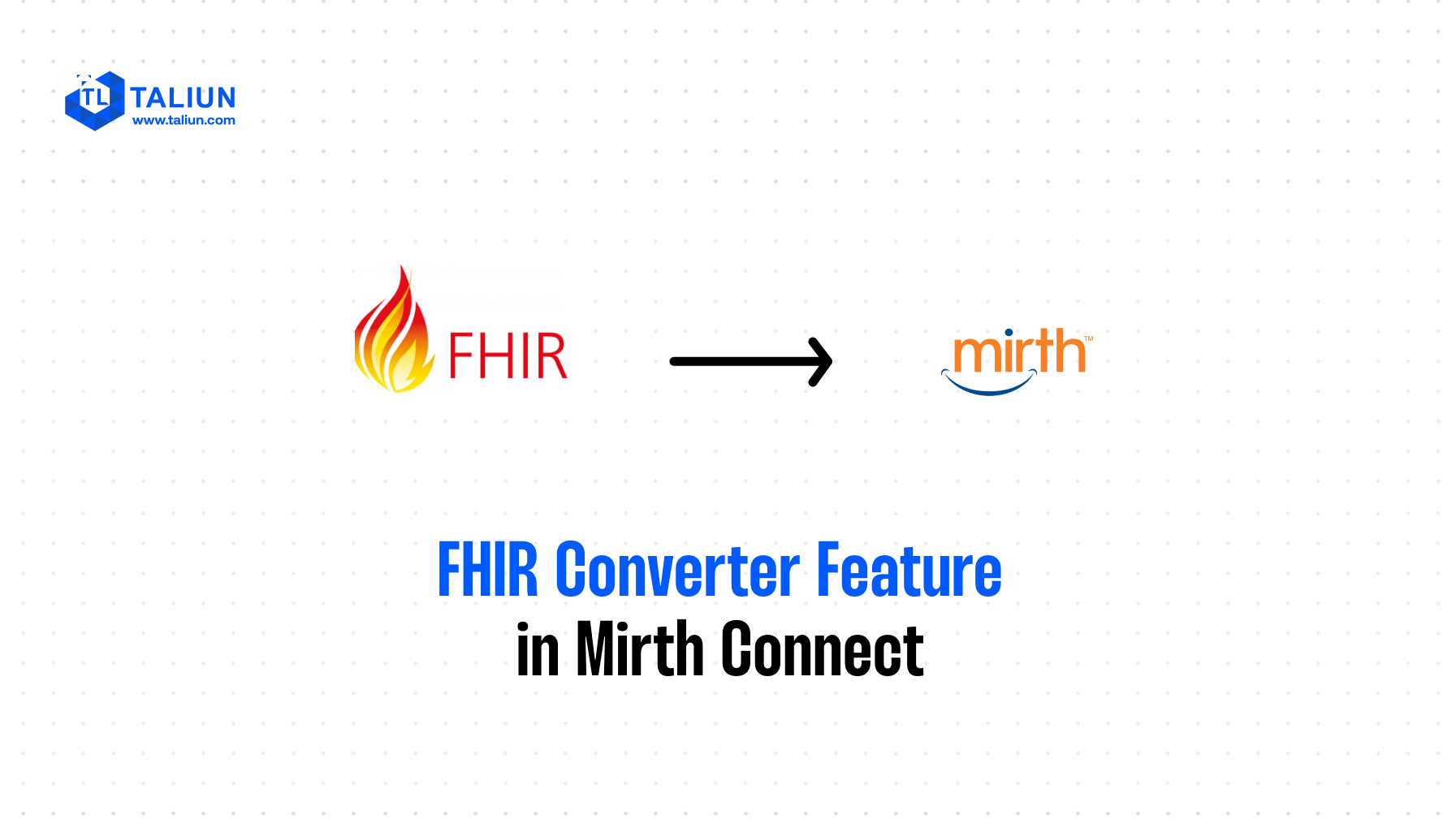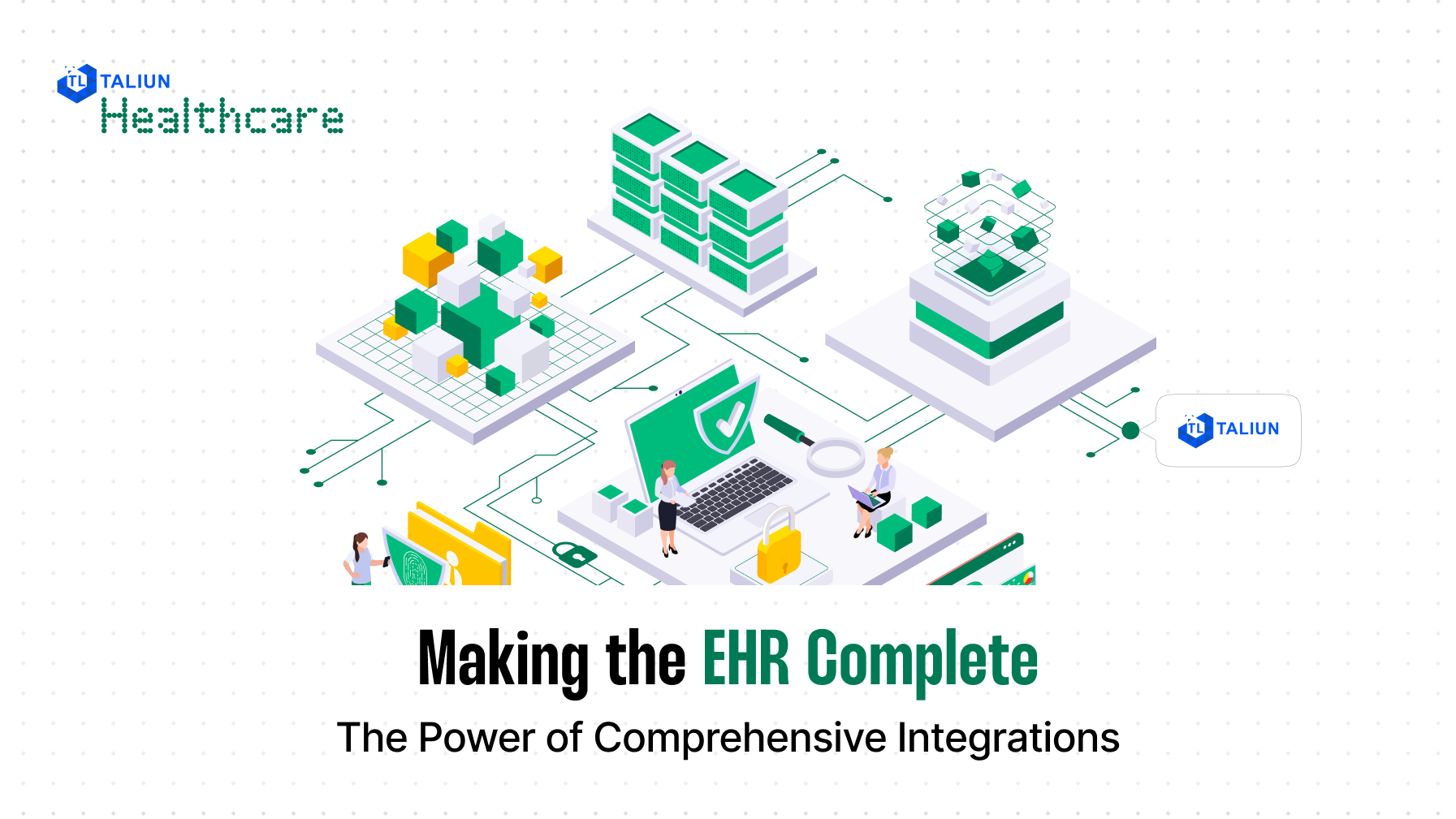Becoming a 10X Developer: Harnessing the Power of Modern Code Generators

Introduction:
In today's fast-paced software development industry, being a 10X developer has become the ultimate goal for many aspiring programmers. The ability to deliver high-quality code at an accelerated pace can significantly enhance productivity and efficiency. One powerful tool that can help developers achieve this level of performance is modern code generators. In this blog post, we will explore how leveraging code generators can transform you into a 10X developer.
1. Understanding Code Generators: Code generators are software tools that automate the process of writing repetitive or boilerplate code. They use predefined templates and configurations to generate code snippets, reducing the manual effort required from developers. By automating mundane tasks, code generators allow developers to focus on more complex and critical aspects of their projects.
2. Increased Speed and Efficiency: One of the primary benefits of using code generators is the significant increase in speed and efficiency. By automating repetitive coding tasks, developers can save valuable time and effort. This newfound efficiency allows them to deliver projects faster, meet tight deadlines, and take on more challenging tasks. With code generators, developers can eliminate the need to write boilerplate code manually, resulting in a substantial productivity boost.
3. Consistency and Standardization: Maintaining code consistency and adhering to coding standards are crucial for any development team. However, manually ensuring consistency across a large codebase can be a daunting task. Code generators provide a solution by enforcing consistency through predefined templates and configurations. This standardization not only improves code quality but also makes collaboration easier and enhances code readability.
4. Reduced Errors and Debugging Time: Manual coding is prone to human errors, which can be time-consuming and frustrating to debug. Code generators, on the other hand, generate code based on predefined rules, minimizing the chances of introducing errors. This reduction in errors leads to less time spent on debugging, allowing developers to focus on more critical aspects of their projects.
5. Rapid Prototyping and Iteration: In the fast-paced world of software development, the ability to prototype and iterate quickly is crucial. Code generators excel in this area by providing developers with the ability to generate code scaffolding and templates instantly. This allows for rapid prototyping and experimentation, enabling developers to iterate and refine their ideas at an accelerated pace.
6. Flexibility and Customization: While code generators offer predefined templates, they also provide developers with the flexibility to customize and extend the generated code to fit specific project requirements. This combination of automation and customization empowers developers to strike a balance between speed and tailored solutions, further enhancing their productivity.
Conclusion: Becoming a 10X developer requires leveraging the power of modern tools and techniques to maximize productivity and efficiency. Code generators offer a valuable solution by automating repetitive coding tasks, ensuring consistency, reducing errors, and enabling rapid prototyping. By harnessing the capabilities of code generators, developers can elevate their coding skills and deliver high-quality code at an accelerated pace. Embrace the power of code generators and unlock your potential as a 10X developer.
Subscribe to our Blogs
Contact Us
Thanks for subscribing! You'll now receive our latest blog posts straight to your inbox.
Please try again later.
Locations
US:
39899 Balentine Drive,Suite 200
Newark, CA 94560
Phone: +1-(408) 883 - 7902
India:
Ven Business Center I, First Floor, Baner - Pashan Link Rd, Pashan, Pune, Maharashtra 411021
Phone: +91 83293 46166
Copyright 2024 Taliun | Privacy Policy




